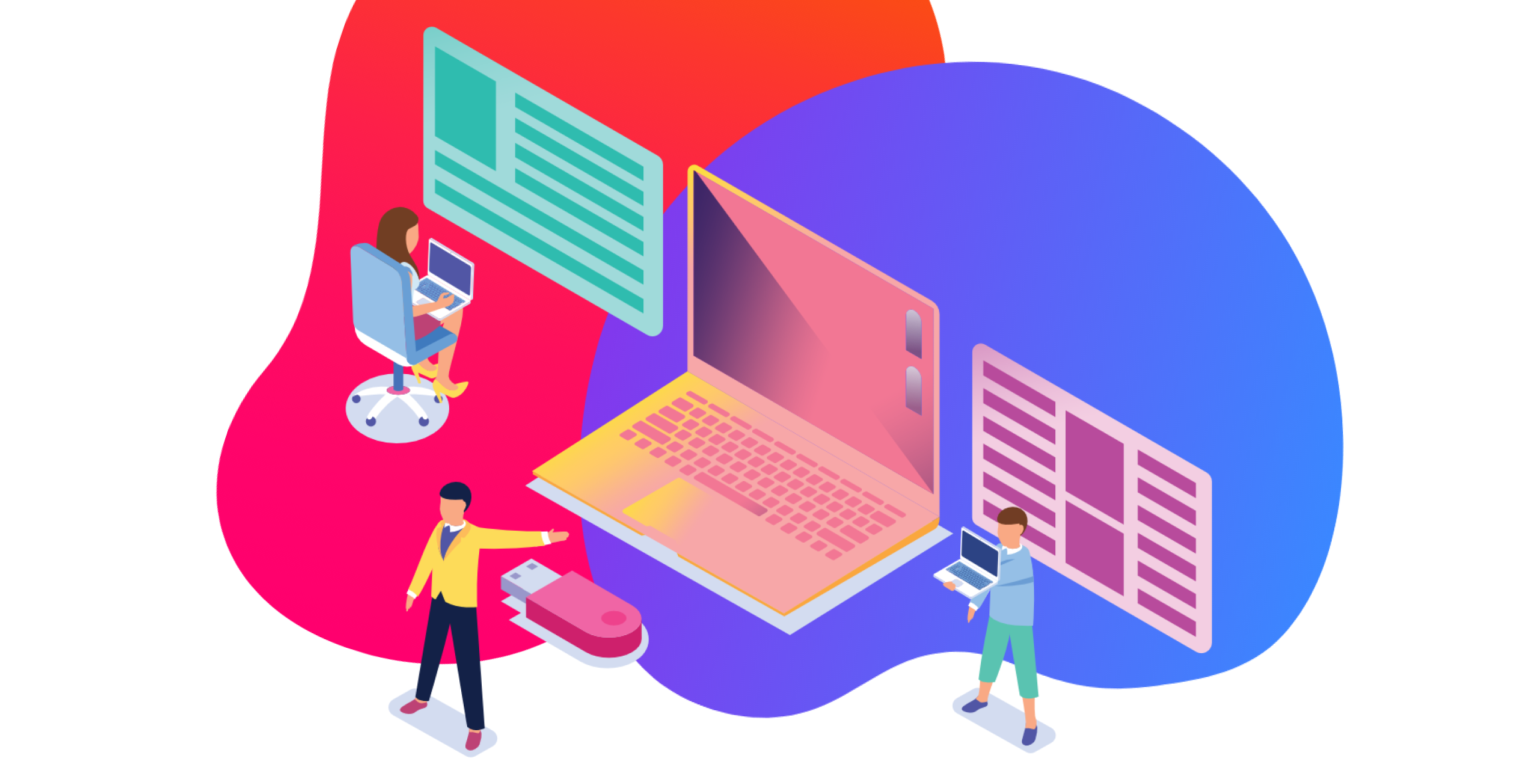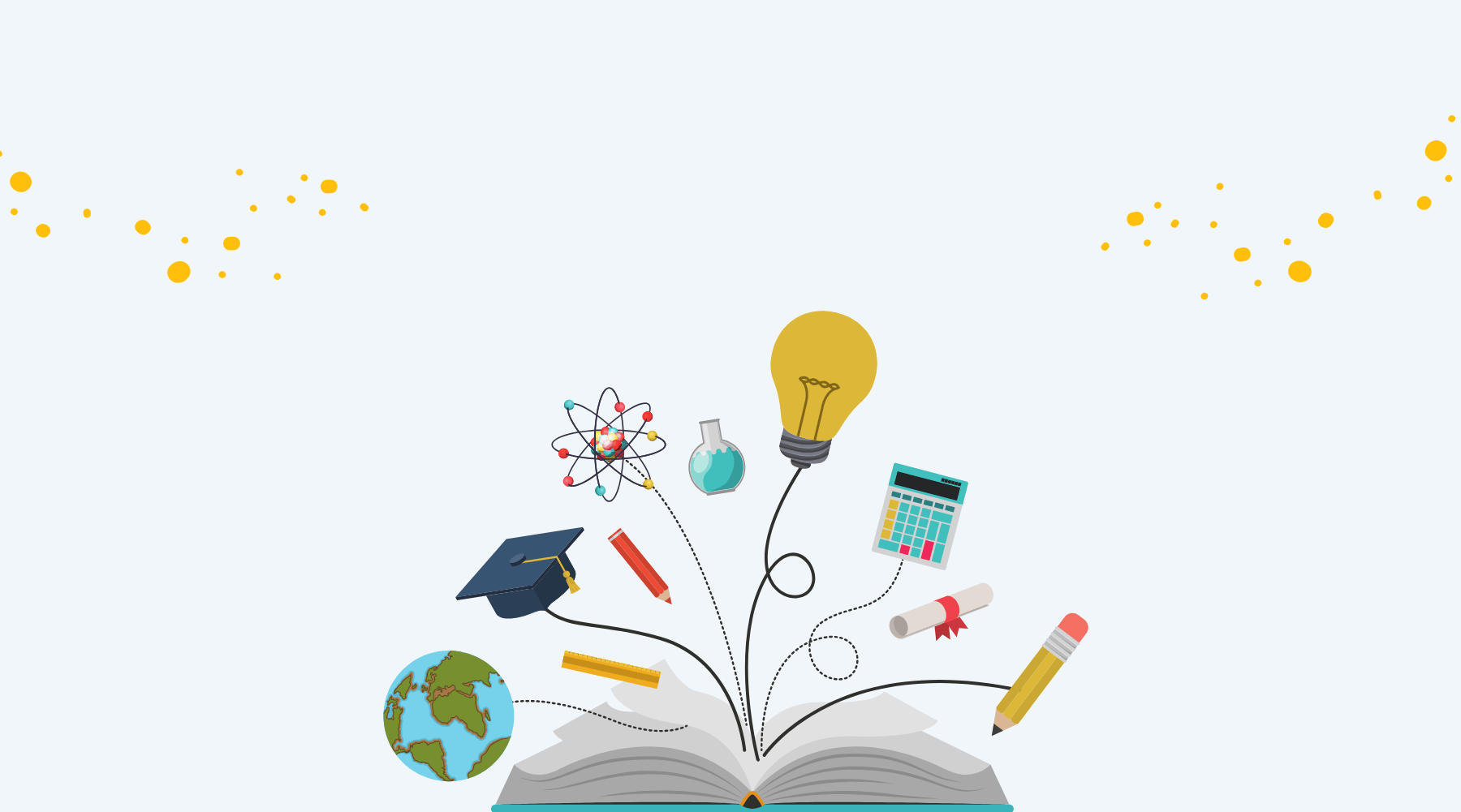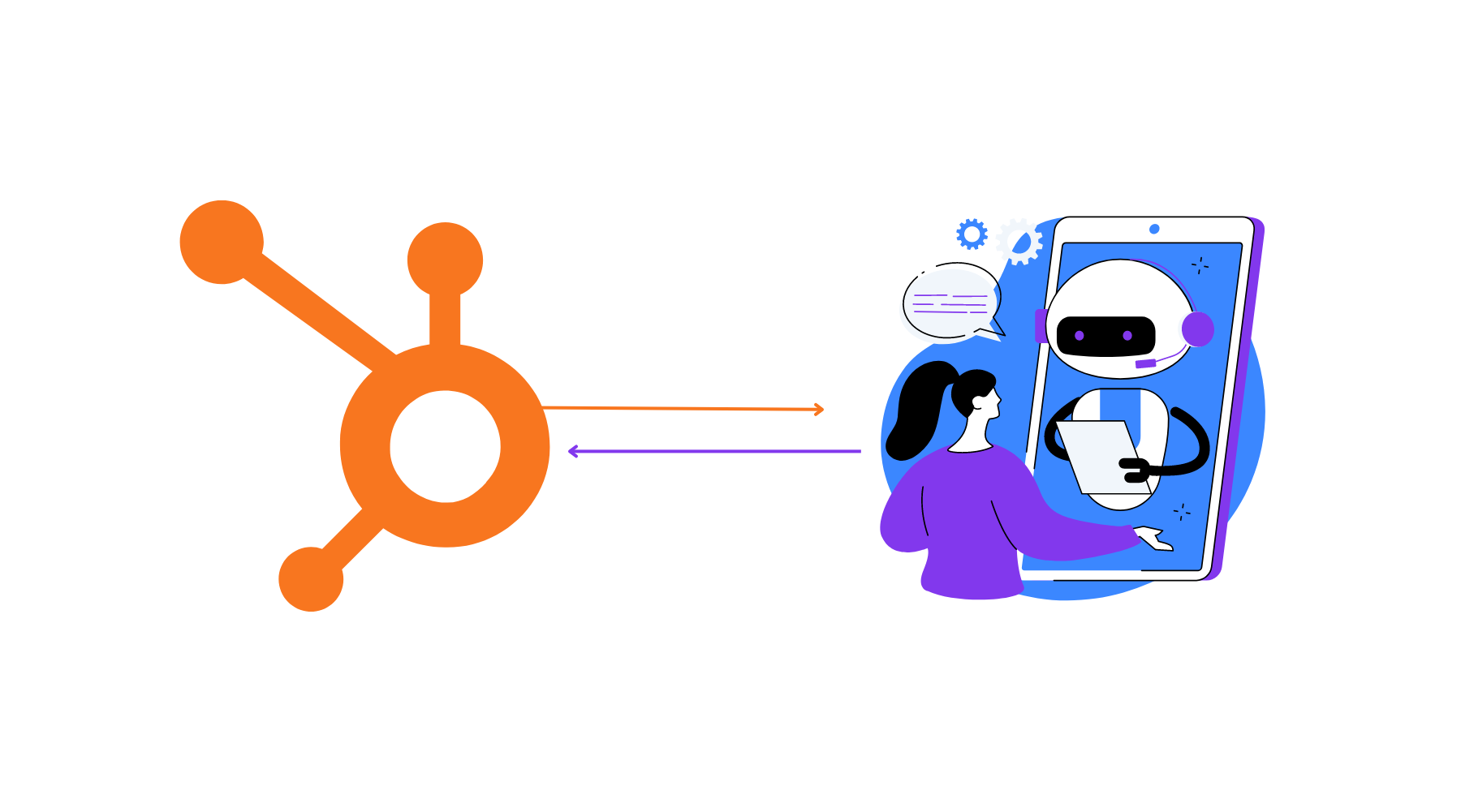
Best Practices for Building a Chatbot
Written by: Hayley Bonnett
Published: 29 April, 2023
Chatbots are a helpful tool for businesses and organizations. They can help automate repetitive tasks, answer common questions, and provide customer support. However, building a chatbot that is effective and user-friendly can be challenging. Here are some best practices for building a great chatbot and avoiding common pitfalls.
Chatbot Best Practices
Define Your Goals and User Needs
Before you start building your chatbot, it's important to define your goals and understand the needs of your users. By answering questions such as what tasks you want your chatbot to perform or what problems you are trying to solve, you can create a chatbot focused on the users' needs.
Use Natural Language Processing (NLP)
One of the biggest challenges of building a chatbot is making it feel natural and conversational. Natural Language Processing (NLP) is a set of techniques to help your chatbot understand and interpret human language. By using NLP, you can make your chatbot feel more like a human and improve the user experience.
Design for Multiple Channels
It is ideal to have a chatbot designed to work on multiple channels, such as websites, messaging platforms, and social media. This enables you to reach a larger audience and provide a consistent user experience, regardless of where your users interact with your chatbot.
Test and Iterate
Creating a successful chatbot requires ongoing attention and improvement. Start by regularly testing your chatbot and collecting feedback from users. Then, analyze the data to find areas for optimization, such as addressing key user pain points. By taking a comprehensive approach to building and maintaining your chatbot, you can ensure it meets the evolving needs and expectations of your users.
Provide Clear Responses and Error Handling
When designing your chatbot, providing clear responses to users and handling errors gracefully is important. Your chatbot should be able to understand user input and provide helpful responses. If a user enters something that the chatbot doesn't understand, it should provide a clear error message and suggest a course of action such as, "I'm sorry, I don't have information on that topic. Can I help you with something else?”
Common Pitfalls to Avoid
Lack of Clarity in Purpose: Building a chatbot without a clear purpose can lead to a confusing and unhelpful user experience. Ensure your chatbot has a well-defined purpose and stays focused on fulfilling that objective.
Overcomplicating the Conversation: Creating chatbots with overly complex conversations can confuse users. Avoid using jargon or complex language and instead focus on short, simple, easy-to-understand responses that effectively guide users through the interaction.
Ignoring User Feedback: Ignoring user feedback can lead to a poorly functioning chatbot and frustrated users. Implement a feedback mechanism and use the insights gathered to improve your chatbot continuously.
Relying Solely on Predefined Responses: While predefined responses can help your chatbot answer common questions, relying solely on them can make your chatbot appear robotic and impersonal. Use NLP and personalization techniques to create a more engaging and dynamic user experience.
By following these best practices and avoiding common pitfalls, you can create a chatbot that offers your users an engaging and valuable experience, ultimately driving conversions and enhancing your brand's digital presence. If you need help building your chatbot, don't hesitate to contact us.

Written by: Hayley Bonnett
Hayley Bonnett is one of our Canadians working from Calgary, Alberta, a great location for her due to her love of the mountains. She recently graduated with a BBA majoring in marketing and is excited to continue learning and further her education even more.
Solutions
Results
Resources
About
Contact
© CRONYX Digital SEZC







.png)
.png)
.png)
.png)